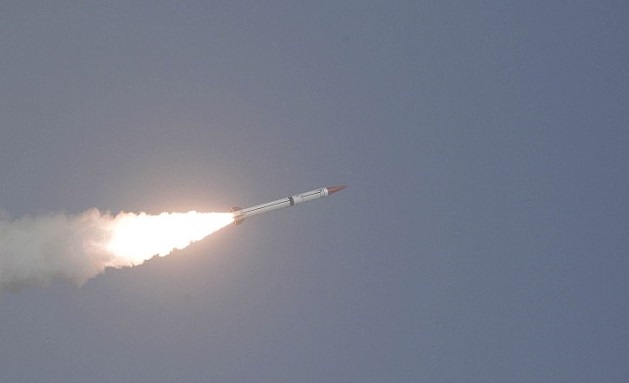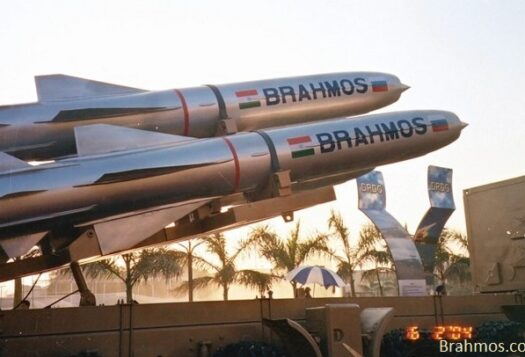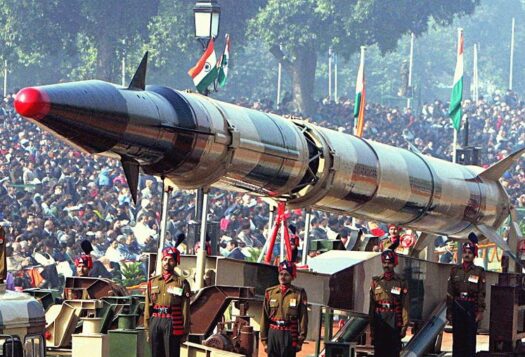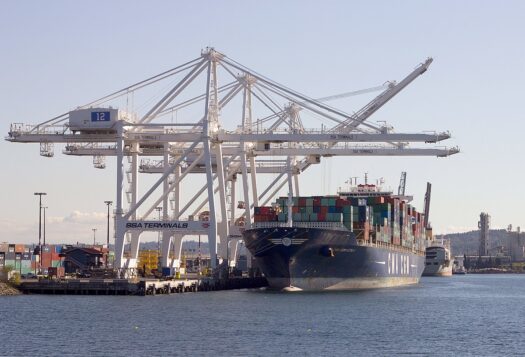
Review of “Pakistan, MIRVs, and Counterforce Targeting” by Feroz H. Khan and Mansoor Ahmed in The Lure and Pitfalls of MIRVs: From the First to the Second Nuclear Age
Chapter Summary
In the chapter “Pakistan, MIRVs, and Counterforce Targeting” within the edited Stimson Center volume The Lure and Pitfalls of MIRVs: From the First to the Second Nuclear Age, Feroz H. Khan and Mansoor Ahmed argue that the strategic rivalry between India and Pakistan is the key driver of the latter’s nuclear modernization and strategic behavior. This means that even though Pakistan has 11 different nuclear capable means of missile delivery, Indian strategic modernization will always present a new technological and strategic challenge that the former will have to match. This is particularly problematic given India’s pursuit of multiple independently targetable re-entry vehicles (MIRVs) and ballistic missile defense. The action-reaction syndrome that India and Pakistan have followed with regard to their strategic weapons development implies that Pakistan will surely react to these Indian strategic developments.
In this chapter, the authors envision three potential strategic choices for Pakistan’s response to evolving Indian nuclear capabilities. These are the “ignore” option (no response), the “tortoise” option (a gradual, measured response), and the “hare” option (a rapid response). Khan and Ahmed quickly conclude that Pakistan will reject the ignore option because of the dominance of the “military-bureaucratic-scientific enclave” (p. 166) in Pakistan and the history of its strategic arms related competition with India.
According to Khan and Ahmed, both the tortoise and the hare options are potential choices for Pakistan. The hare option would entail a dramatic increase in spending in order to develop MIRVs as soon as possible in order to match developing Indian capabilities. This would require China to share intelligence, surveillance, and reconnaissance (ISR) and satellite capabilities with Pakistan in order to bolster its ability to MIRV as soon as possible. The authors argue, however, that the hare option is fraught with obstacles and constraints. In particular, it would be prohibitively expensive, given Pakistan’s sluggish economic growth and the competition for scarce resources with the country’s conventional military forces.
Thus, the authors argue that Pakistan is most likely to adopt the tortoise approach. The tortoise option advocates a gradual buildup of capabilities through technological acquisition and indigenous development. This would allow Pakistan to match Indian capabilities over time without the immediate pressure of scarce resources to dictate cuts to other areas of the military budget. In addition, the tortoise approach could have the additional benefit of seeming less controversial to the international community than the rapid acquisition of MIRVs.
Convincing Arguments
I strongly agree with the Khan and Ahmed that India ought to clearly signal the impact of its recent strategic weapons development upon its nuclear doctrine. A white paper or even a statement of clarification could help stabilize relations with Pakistan. For its part, Pakistani leaders could put forth a declared nuclear doctrine that would assuage Indian concerns about Pakistan’s threshold for nuclear use. An effort by both India and Pakistan to bolster transparency could ameliorate the security dilemma and ease the external pressure for strategic modernization. I also concur with the authors that the tortoise option would most likely be the best path forward for Pakistan, economically and strategically. Furthermore, it could bring forth a semblance of stability to the bilateral relationship. However, the Pakistani strategic establishment would have to clearly signal its intentions and avoid the veil of strategic ambiguity if it aims to curtail the security dilemma through the tortoise option.
The authors also are right to advocate for the international community’s accommodation of Pakistan into the nuclear order. Absence of this would lead to greater revisionist behavior on the part of Pakistan. This is an important point, as it is clear that in the absence of some sort of measure to accommodate Pakistan (which would arguably help constrain its behavior), Islamabad would have no incentive to exercise strategic restraint. Although international actors like China and the United States would have to negotiate the form this accommodation would take, the international community has a role to play in alleviating tensions in South Asia by including both India and Pakistan into the established nuclear order.
Reasoned Critique
In order to assess the Khan and Ahmed’s arguments, it is important to understand the specific Indian capabilities Pakistan seeks to counter and whether these capabilities credibly threaten Pakistan.
The main set of Indian weapons that this chapter discusses are ballistic missiles, particularly the Agni-V and -VI land-based missiles and the K-4 and K-15 sea-based missiles. It remains unclear, though, what new threat these add to Pakistan’s strategic calculus. The Agni-V and -VI are clearly targeted towards China, rather than Pakistan. The authors claim that these missiles may have a range of 8,000 kilometers (p. 151). It would be inefficient for India to target Pakistan with these missiles, once they are developed and deployed. The argument that India’s development of the K-4 and K-15 could threaten Pakistan is more persuasive. However, Khan and Ahmed do not address why this is more threatening to Pakistan than India’s current arsenal of land-based missiles, particularly the Prithvi (I-III) and the Agni (I-IV) series. This is an important omission considering that existing missile capabilities already enable India to securely target much of Pakistan. With this in mind, it seems unwise for the authors to have dismissed the “ignore option” outright because matching Indian capabilities, even at a slower pace, might add little to Pakistan’s security while further aggravating the security dilemma.
Khan and Ahmed also contend that Indian missile development (particularly MIRVing) would add to India’s counterforce targeting capabilities. However, this does not directly lead to concerns about the credibility and survivability of Pakistan’s nuclear deterrent as is argued. The authors write that, “This worst case scenario of an all-out preemptive attack would be unlikely to succeed completely, but the correlation of surviving forces could be in India’s favor, thereby deterring a Pakistani second strike. Thus Pakistan’s decisionmakers cannot be oblivious to the growth of India’s MIRV and counterforce capabilities” (p. 154). However, the scenario the authors outline here is implausible because Pakistani military leaders would face immense pressure to respond to an Indian preemptive strike. In addition, a single Pakistani nuclear warhead over an Indian population center would prove devastating, regardless of the force imbalance that the authors outline. Thus, it seems highly unlikely that Indian leaders would entertain counterforce options and even less likely that Indian leaders could deter a Pakistani nuclear response to an Indian preemptive strike.
Given these factors, one could challenge the authors’ conclusion that the tortoise option is a more measured and stable path for Pakistan to adopt. It could make sense for Pakistan to allow India to pursue the expensive proposition of MIRVing while opting not to do so itself because India is highly unlikely to use such capabilities against Pakistan, and Pakistan is sufficiently prepared to launch a nuclear response to an Indian preemptive strike. Thus, matching Indian capabilities, even over time, might provide few security benefits while further aggravating the security dilemma. From this perspective, maintenance of the status quo – and deploying crucial resources toward other priorities – could better enhance Pakistan’s security than the pursuit of MIRVs.
Future Research
To complement Khan and Ahmed’s analysis, future research should attempt to clarify the impact that Pakistani strategic development has upon Indian strategic development. This is a classic security dilemma scenario where the seemingly defensive developments of both states breed insecurity on the other side. In addition, although the authors commendably map out Pakistan’s ISR requirements and discusses the potential for Sino-Pakistani cooperation to balance against growing Indian capabilities, they do not explore potential Indian responses to these Pakistani developments. Future research should attempt to answer how growing cooperation between India and the United States might affect strategic stability in the subcontinent.
The Stimson Center recently released The Lure and Pitfalls of MIRVs: From the First to the Second Nuclear Age, an edited volume that takes a retrospective look at the U.S.-Soviet experience with MIRVs and explores the second coming of MIRVs in contemporary Asia. In this SAV review series, SAV contributors Sitakanta Mishra, Amina Afzal, Rabia Akhtar, Sadia Tasleem, and Debak Das review each chapter with special attention to the implications for South Asia and future research. Read the entire series here.
***
Image: Anadolu Agency, Getty


